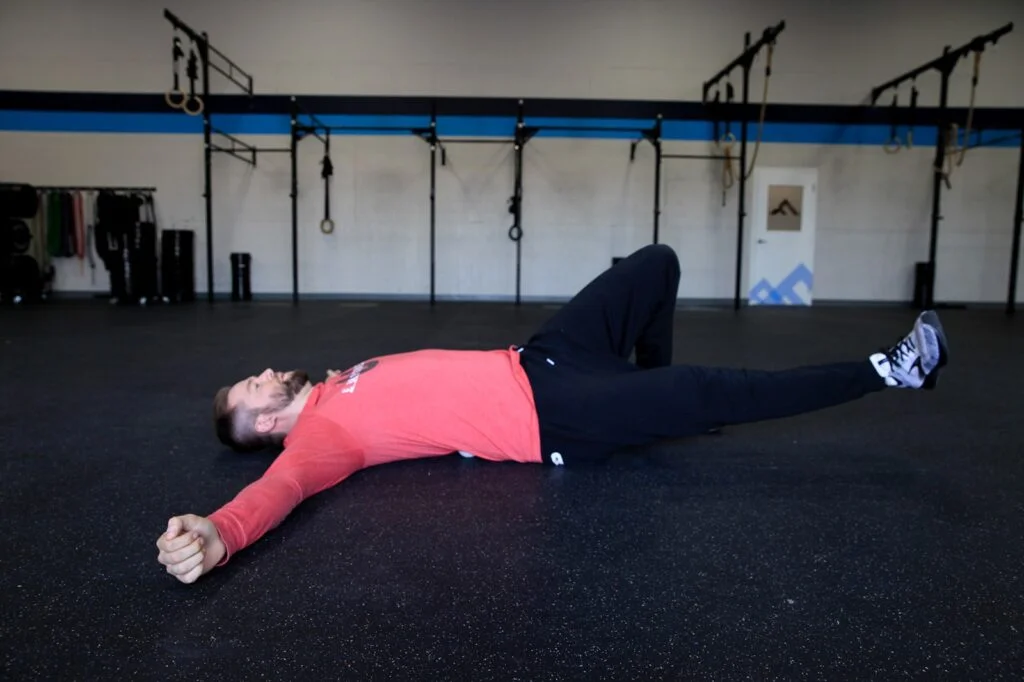Introduction – When Sciatica Disrupts Your Life
Sciatica can be frustrating, painful, and—let’s be honest—exhausting. That sharp, radiating pain that shoots from your lower back down your leg doesn’t just interrupt your day; it can make simple tasks like walking, driving, or even sitting unbearable.
At Empower U, we know how overwhelming it can feel to try treatment after treatment with little to no lasting relief. If you’ve been searching for something that actually gets to the source of the problem, dry needling for sciatica might be the solution you’ve been missing.
In this guide, we’ll walk you through how dry needling works, why it can be effective for sciatica, and how our approach at Empower U is designed to help you find real, lasting relief.
Understanding Sciatica – What’s Actually Happening in Your Body
Sciatica isn’t just general back pain. It refers to irritation or compression of the sciatic nerve, the longest and largest nerve in your body. This nerve runs from your lower spine, through the hips and buttocks, and down each leg. When it gets irritated, inflamed, or compressed—either by tight muscles or spinal issues—you’ll feel it. And not in a subtle way.
The pain may show up as:
- A burning or sharp sensation down one side
- Numbness or tingling in the leg or foot
- A dull ache in your lower back, glutes, or thighs
- Weakness in the affected leg
While sciatica often stems from disc problems in the spine, many cases are muscular in nature—particularly involving the piriformis muscle, a small but powerful muscle deep in your glutes. When the piriformis gets too tight, it can compress the sciatic nerve, leading to pain that mimics traditional sciatica. This is sometimes referred to as piriformis syndrome.
And this is where dry needling shines.
Common Causes of Sciatica – It’s Not Always What You Think
Sciatica can develop from a variety of underlying issues, not just a herniated disc. That’s why a thorough evaluation is so important. Some of the most common causes include:
1. Muscle Tension and Trigger Points
Tightness in the glutes, lower back, or hips—especially the piriformis muscle—can apply pressure on the sciatic nerve.
2. Disc Herniation or Degeneration
3. Postural Imbalances
Prolonged sitting, especially with poor posture, can cause muscles to shorten and nerves to become irritated.
4. Trauma or Repetitive Stress
Injuries from falls, lifting improperly, or repetitive movement can cause inflammation or mechanical stress on the nerve.
5. Pregnancy
The body’s changes during pregnancy—such as added weight and shifting posture—can irritate the sciatic nerve.
6. Underlying Medical Conditions
Arthritis, diabetes, or spinal stenosis can all contribute to nerve irritation.
No matter the cause, sciatica often involves more than one factor, which is why an individualized approach to treatment is key.
Diagnosing Sciatica – When It’s Time to See a Professional
Sciatica pain can vary from mild to severe—and sometimes, it fades on its own. But if your symptoms linger or get worse, it’s time to seek help.
Here are a few signs you should book an evaluation:
- Pain that radiates below the knee
- Tingling, burning, or numbness in one leg
- Muscle weakness in the affected leg or foot
- Pain that interferes with sleep, walking, or sitting
- Symptoms that don’t improve with rest or basic stretches
- Loss of bladder or bowel control (a rare but urgent red flag)
At Empower U, we begin with a detailed health history and movement assessment to identify the source of your symptoms. This allows us to build a treatment plan that targets the actual cause, not just the pain.
What Is Dry Needling? And Why It Works for Sciatica
Dry needling is a treatment that uses ultra-thin, sterile needles inserted directly into tight muscles or trigger points. It’s designed to release tension, reduce inflammation, and restore normal muscle function.
Unlike acupuncture, which is based on traditional Chinese medicine, dry needling is grounded in neuroanatomy and musculoskeletal science. The goal is to relax tight muscles, improve blood flow, and calm irritated nerves.
For sciatica, dry needling often focuses on:
- Piriformis and gluteal muscles – These muscles often press on the sciatic nerve.
- Hamstrings and low back – Tension in these areas can increase strain and alter spinal alignment.
- Hip rotators and deep core stabilizers – Supporting muscles that influence how you move and how pressure is distributed.
By releasing muscular tension in these areas, dry needling can reduce nerve compression, improve range of motion, and relieve pain.
Most patients notice a reduction in symptoms within just a few sessions—especially when dry needling is combined with other therapies like mobility training and strength work.
Want more details on how we combine techniques? Visit our Manual Therapy page.
What Else Helps? Complementary Treatments That Work With Dry Needling
We believe in multimodal care—because lasting relief doesn’t come from one technique alone. Depending on what’s driving your sciatica, your care plan may include:
- Therapeutic exercises to strengthen your hips, glutes, and core
- Mobility training to improve flexibility and joint function
- Postural correction and ergonomic guidance
- Heat or cold therapy to manage inflammation
- Manual therapy or massage to release tight tissues
- Movement retraining to help you move better and avoid flare-ups
Our team at Empower U tailors every plan to your body, your goals, and your lifestyle. You’ll never get a cookie-cutter routine or a generic handout. We treat the root cause and walk with you through every stage of recovery.
How to Prevent Sciatica from Coming Back
Once your pain is under control, our next focus is on keeping it that way. Prevention is all about improving body mechanics, staying strong, and staying mobile.
Here’s what we typically recommend:
1. Stay Active
Sedentary lifestyles are one of the biggest contributors to chronic sciatica. Even short walks or movement breaks every hour can make a difference.
2. Strengthen the Core
A strong core supports the spine and reduces pressure on the lower back.
3. Improve Hip Mobility
Tight hips are often the hidden cause of low back stress. Simple mobility drills can help restore balance.
4. Adjust Your Workspace
Desk height, chair support, and monitor position can all affect your posture—and your sciatic nerve.
5. Keep Muscles Loose
Ongoing dry needling sessions every few months can serve as preventive maintenance for those prone to tightness.
We’ll help you build habits that work in real life—not just in a clinic. You don’t have to overhaul your routine, just make small changes that create lasting results.
Why Choose Empower U for Dry Needling?
At Empower U, we’re more than just pain relief specialists. We’re here to help you take back control of your movement, your health, and your day-to-day life.
We combine expert-level assessment with hands-on care and a personalized approach that fits your goals—not someone else’s checklist.
Whether this is your first time dealing with sciatica or you’ve been struggling for years, we’ll meet you where you are and build a path forward together.
Let’s Get You Back to Living Without Pain
You don’t have to live with sciatica. Whether your pain is new, chronic, or somewhere in between, dry needling can be a safe, effective part of your recovery plan.
We’re here to help you get back to doing what you love—without the constant ache, the numbness, or the worry about flare-ups.
Schedule your consultation today and see how Empower U can help you move forward—pain-free, confidently, and with a plan that actually works.


